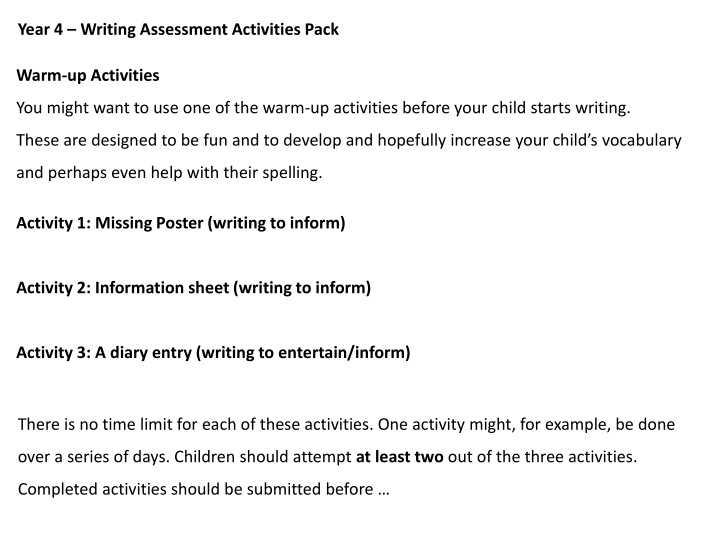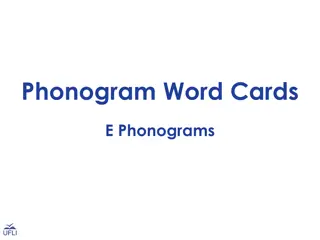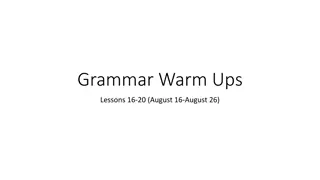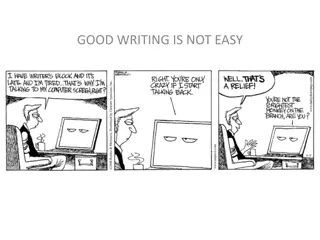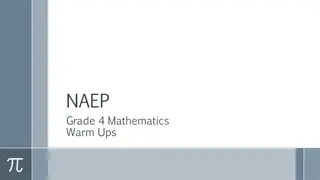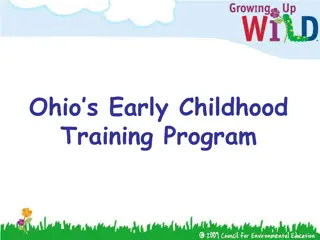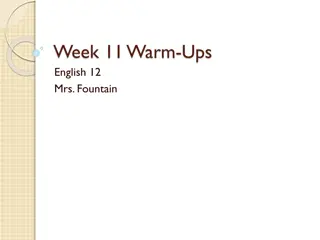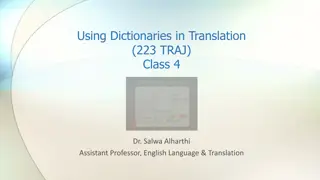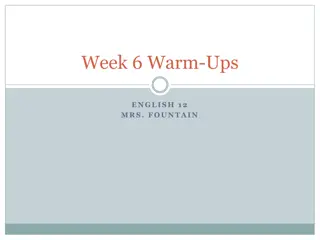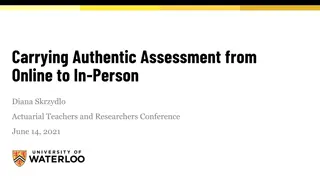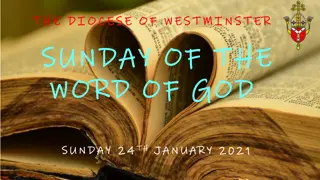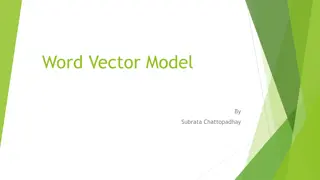Year 4 Writing Assessment Activities - Warm-up Activities and Word Warm-Ups
Engage your child in fun warm-up activities to enhance vocabulary, improve spelling, and develop writing skills. Encourage creativity through word challenges and writing tasks. Assist your child with tasks but ensure their work is original. Embrace mistakes as learning opportunities and nurture your child's imagination.
Download Presentation

Please find below an Image/Link to download the presentation.
The content on the website is provided AS IS for your information and personal use only. It may not be sold, licensed, or shared on other websites without obtaining consent from the author.If you encounter any issues during the download, it is possible that the publisher has removed the file from their server.
You are allowed to download the files provided on this website for personal or commercial use, subject to the condition that they are used lawfully. All files are the property of their respective owners.
The content on the website is provided AS IS for your information and personal use only. It may not be sold, licensed, or shared on other websites without obtaining consent from the author.
E N D
Presentation Transcript
Year 4 Writing Assessment Activities Pack Warm-up Activities You might want to use one of the warm-up activities before your child starts writing. These are designed to be fun and to develop and hopefully increase your child s vocabulary and perhaps even help with their spelling. Activity 1: Missing Poster (writing to inform) Activity 2: Information sheet (writing to inform) Activity 3: A diary entry (writing to entertain/inform) There is no time limit for each of these activities. One activity might, for example, be done over a series of days. Children should attempt at least two out of the three activities. Completed activities should be submitted before
Year 4 Word Warm-Ups What s in a word? How many words of three letters or more can you find in a given word? Grab the reader Sometimes writers put in too much detail in their writing and the reader loses interest. The challenge is to grab the reader: are you up to the challenge? Colour my World? There are many ways to describe colours?
Wordy Warm Up Whats in a Word? In this painting by Henri Rousseau the tiger is camouflaged. How many different words of three letters or more can you make from the word camouflage ? What is the longest word you can find? Colour my World Artists use lots of different shades of paint in their artwork. How many different words can you think of for the following colours: red, green, brown? In what type of writing might you use these words e.g. stories, poems, diaries?
Wordy Warm - Up Really effective writing grabs the reader. In this paragraph there is too much information and the reader has become bored and doesn t want to read on. Improve the paragraph so that it does grab the reader and make them want to read on. Sometimes less is more! The twenty-three light-grey smallish and biggish pebbly stones that were not quite round were on top of each other making little piles. At the side of the dark and light grey little and big lumps of rock was a small door which had a very little, tiny The Strange Ship round ring which perhaps you The Mysterious Door could use to knock on the door. Photo courtesy of Anna Whiteley Pobble 365)
Notes for parents These activities are designed to assess what children can do independently. Children will need help in reading and understanding each task. They will benefit from your encouragement whilst they are doing each one, but please ensure that the ideas and the work are the children s own. We are not expecting or looking for perfection, any mistakes your child may make will help us plan their next steps in learning. If you do help, or support your child in any way please can you make a note so that we know if certain parts have been aided by an adult. E.g. Edna asked how to spell the words underlined and I helped her sound them out/use her word mat OR Edgar needed lots of encouragement to start his invitation so we wrote the first sentence together. More than anything try to allow your child s imagination to shine through. Ask them, and encourage them, to do the very best they can by motivating them with praise for their efforts. Do feel free to make suggestions to your children but try to phrase them as questions rather than giving them the answer. E.g. Have you used your word mat to help you with your spelling?
Year 4 Activity 1 Missing Poster In the story The Explorer by Katherine Rundell, a small plane with several passengers on it has crashed in the Amazon rainforest. Their relatives want to create a Missing Poster to inform people about what has happened. Think about: Missing How to make the poster eye-catching How you are going to layout the poster The information that needs to go onto the poster Who is missing How did they go missing When/where they were last seen Who they should contact if they have any information Any other information that you feel is important
Year 4 Activity 2 Information Sheet - Imagine that whilst walking through the Amazon Rainforest an unusual plant was spotted. It is your job to draw and label the features of the plant and turn this into an information sheet for the scientists at the Royal Botanical Gardens at Kew. Before you tackle the information sheet you might want to think about what a plant growing in the rainforest might look like and do a sketch: How tall is it? Does it have leaves? What shape/colour/texture are they? Does it have flowers? What shape/colour/texture are they? Does it have any unusual features? Think about the layout of an information sheet. Remember you are writing it for the scientists at Kew Gardens. What is the key information you think they will need? Think about an introductory paragraph and a concluding paragraph.
Year 4 Activity 2 Information Sheet Planning Sheet Think about the information books you have looked at/read before to help you. Think about how the pages look in an information book. How will you organise your information sheet? What information do you need to include? Don t forget you are writing to the What vocabulary might be useful? scientists at Kew Gardens. Think about how to start and What types of sentence might you use? end your information sheet. Remember you are writing to scientists. How are you going to finish your information sheet?
Year 4 Activity 3 A diary entry Write a diary entry as one of the four passengers on the plane. Before you start re-read the first chapter and read the second chapter to get as much information as you can about the character you choose. Remember you are writing as if you were one of the characters. Start the diary entry on the plane and then perhaps a second entry after the crash. The diary entry is personal to you. Think about the events and your feelings. Use your imagination. Choose one of these characters and write a diary entry as if you were them. Fred Con Lila Max _______ _______ _______ _______ _______ _______ _______ _______ _______ _______ _______ _______ _______ _______ _______ _______
Year 4 Activity 3 Diary Entry Planning Sheet How are you going to start your diary to explain your feelings and what is happening? Remember you are starting your entry on the plane. Don t forget you are writing in character. Remember to write Think about how a diary is written. like the character would think. . What do you need to remember? Think about how to start and end your diary entry/entries. What words might be useful? How are you going to end your diary entry to make the reader want to read the next entry?
Writing Checklist Read it aloud to someone else OR ask someone to read it to you. Does it make sense all the way through? Does it have a beginning and an end? Have you matched the words and sentence structures you have used to the type of writing? Don t forget to check Does the writing do what it is supposed to do? your writing and e.g. entertain, inform, interest, persuade make changes and/or Have you chosen the words that you have used corrections if you need to. carefully to grab the reader? Have you used the correct punctuation where you need it? Have you stuck to the same tense throughout your writing? Have you used organised your writing/used paragraphs correctly? Have you checked your spelling? Remember you can use word mats/dictionaries. Is your handwriting the best it can be?
